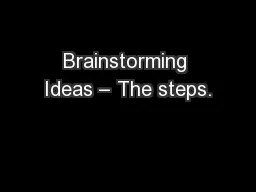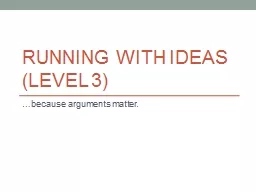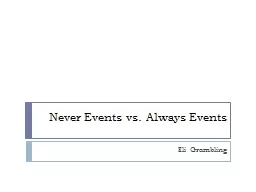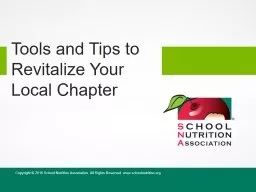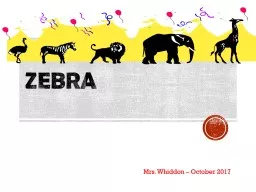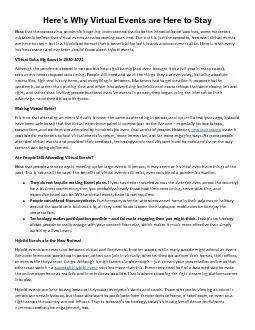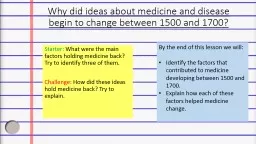PPT-Events and Ideas #4
Author : tawny-fly | Published Date : 2017-05-17
Latin American Class System and Revolution World History Unit 2 This Slideshow Contains One Crash course video One short video with PPT notes Essential Questions
Presentation Embed Code
Download Presentation
Download Presentation The PPT/PDF document "Events and Ideas #4" is the property of its rightful owner. Permission is granted to download and print the materials on this website for personal, non-commercial use only, and to display it on your personal computer provided you do not modify the materials and that you retain all copyright notices contained in the materials. By downloading content from our website, you accept the terms of this agreement.
Events and Ideas #4: Transcript
Download Rules Of Document
"Events and Ideas #4"The content belongs to its owner. You may download and print it for personal use, without modification, and keep all copyright notices. By downloading, you agree to these terms.
Related Documents


